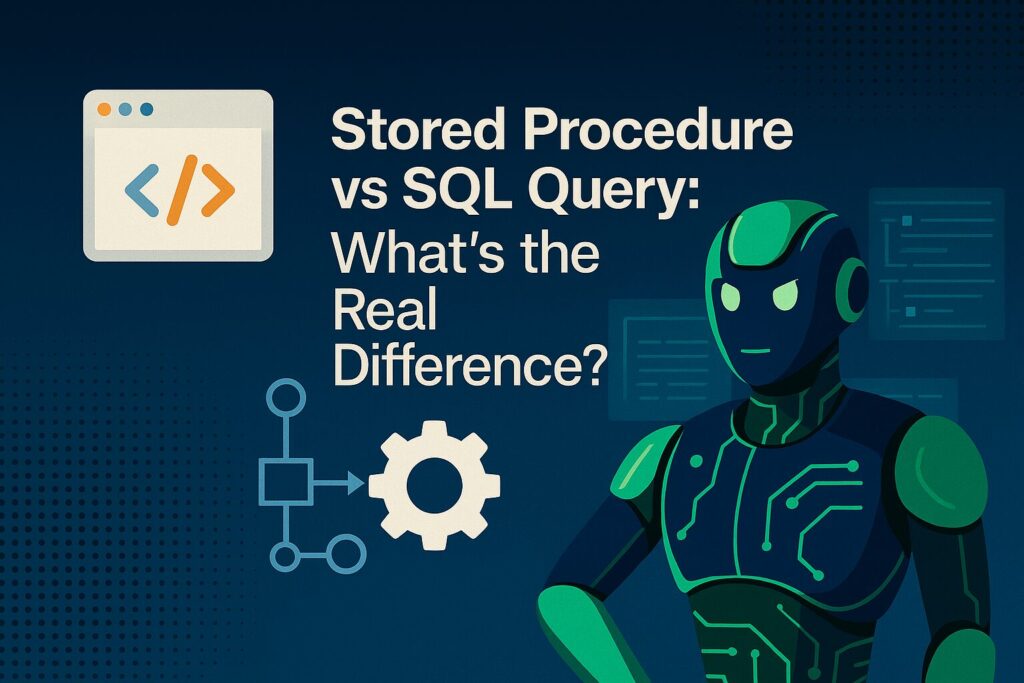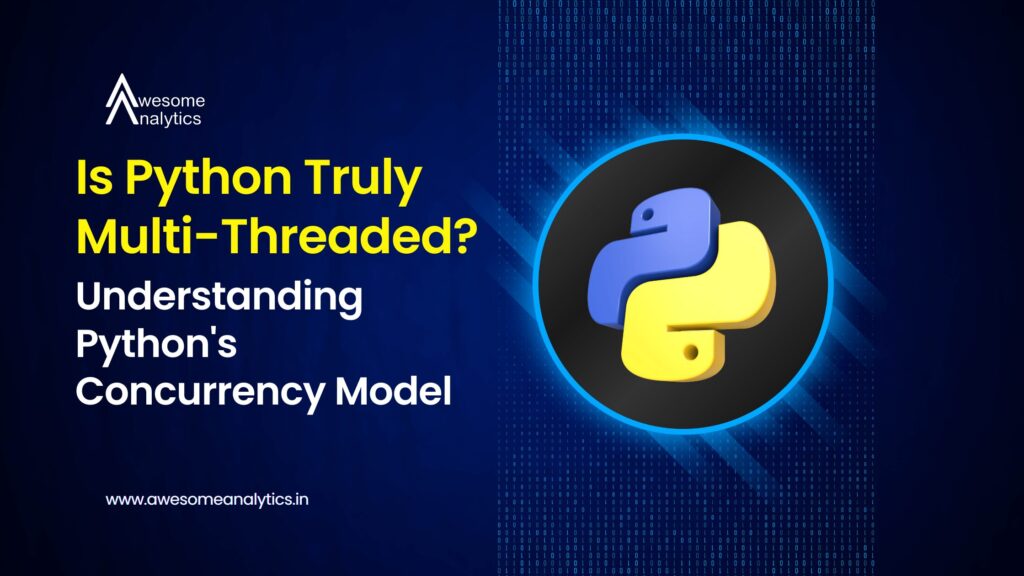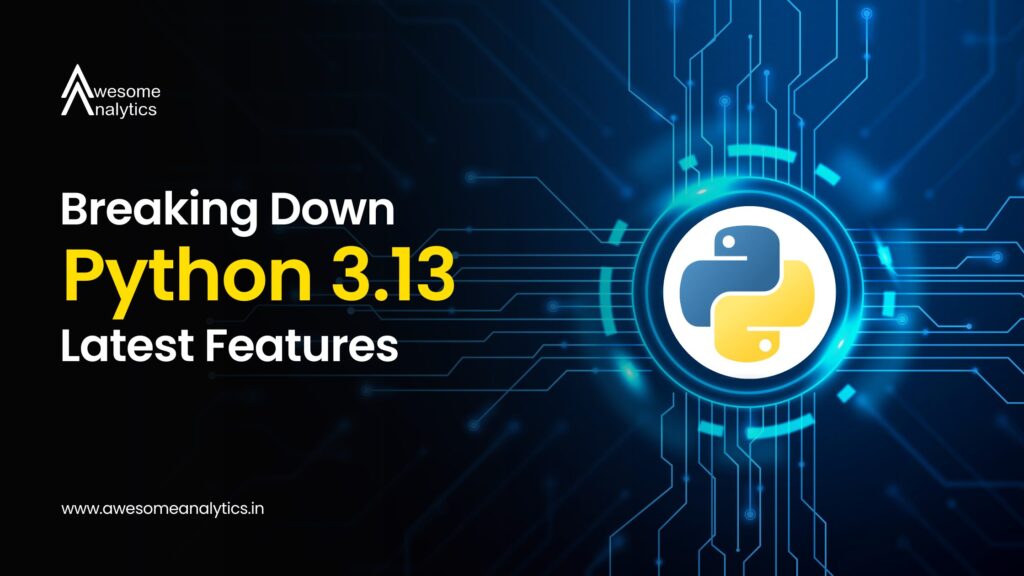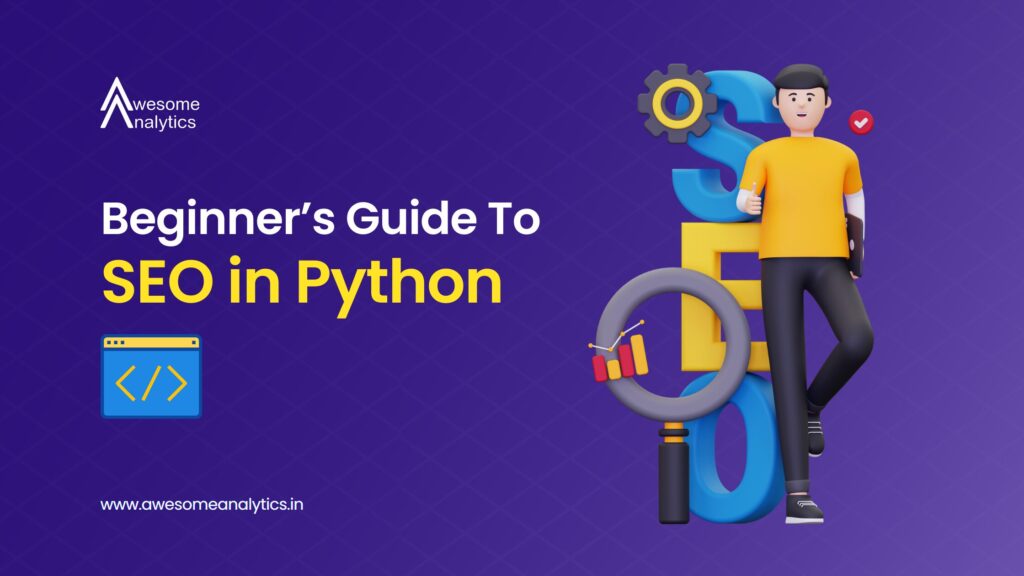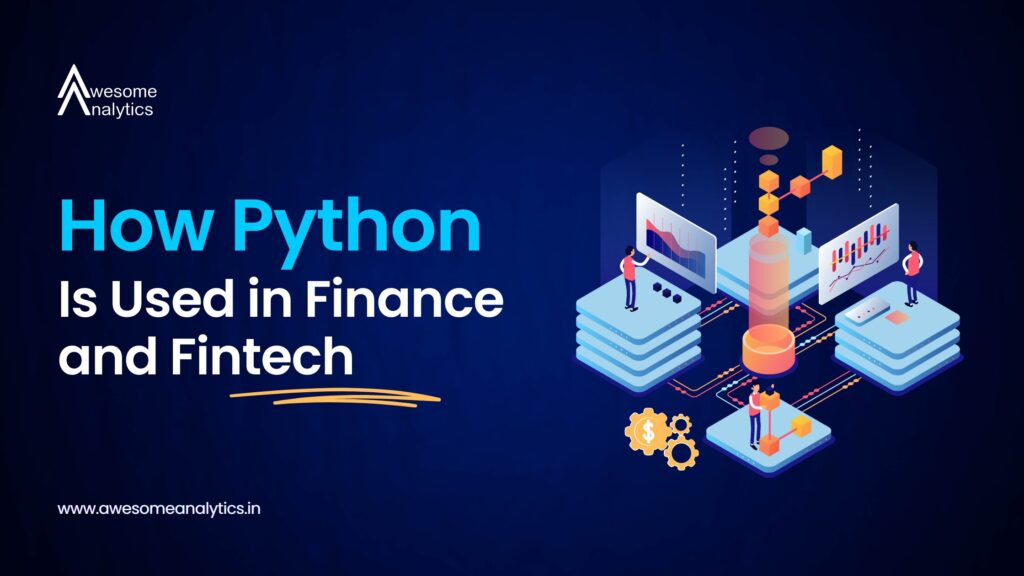Stored Procedure vs SQL Query: What’s the Real Difference?
You’ve heard the term stored procedure tossed around in developer meetings or database documentation, but what exactly is it? And more importantly, should you care if you’re not deep into backend coding?
Let’s break it down in plain English so it actually makes sense to anyone working with data, even if you’ve never written a single line of SQL.
Stored Procedure vs SQL Query: What’s the Real Difference? Read More »

